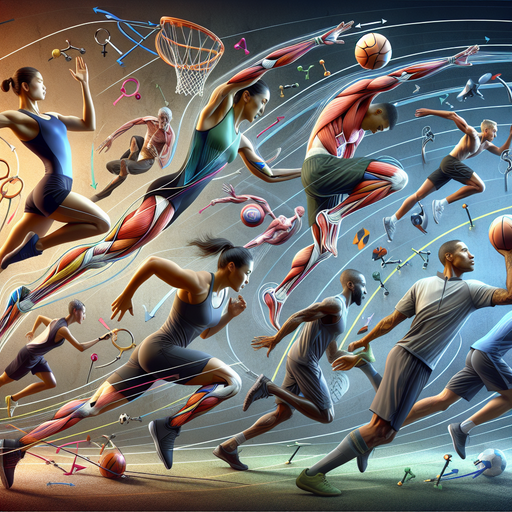What Is Biomechanics In Sport

In the world of sports, athletes and coaches are continually seeking ways to enhance performance, prevent injuries, and understand the intricacies of human movement. One of the key disciplines that plays a significant role in achieving these goals is biomechanics. But what exactly is biomechanics in the context of sports, and why is it so crucial?
Understanding Biomechanics in Sport
Biomechanics is the scientific study of the mechanics of movement. It involves analyzing the forces exerted by muscles and gravity on the skeletal structure and how these forces affect movement. In sports, biomechanics is used to understand the physical demands and movement patterns specific to each sport, allowing athletes to maximize efficiency and performance.
The Role of Biomechanics in Enhancing Performance
Biomechanics helps in identifying the most efficient movement patterns, which can lead to improved performance. By analyzing the technique of athletes, coaches can offer insights into optimizing movements to increase speed, power, and accuracy. For instance, in sprinting, biomechanics can help optimize the angle of takeoff and the interaction with the ground to maximize speed.
Injury Prevention and Rehabilitation
One of the significant benefits of biomechanics in sports is its role in injury prevention. By understanding the forces and movements involved in a sport, athletes can adjust their techniques to reduce the risk of injury. Additionally, biomechanics plays a crucial role in rehabilitation by providing insights into the best practices for recovering from injuries and preventing re-injury.
Technological Advancements in Sports Biomechanics
With the advent of technology, biomechanics in sports has advanced significantly. Tools like motion capture systems, force plates, and wearable technology allow for detailed analysis of an athlete's movements. These technologies provide real-time data that can be used to make immediate adjustments and improvements in an athlete's performance.
Conclusion
Biomechanics in sport is a vital field that bridges the gap between science and athletic performance. By offering insights into the mechanics of movement, biomechanics helps athletes achieve peak performance while minimizing the risk of injury. As technology continues to evolve, the impact of biomechanics on sports will only grow, providing even more opportunities for athletes to refine their skills and push the boundaries of human performance.
For athletes, coaches, and sports enthusiasts, understanding and leveraging the principles of biomechanics can make a significant difference, not just in winning competitions but in ensuring a long and healthy sporting career.